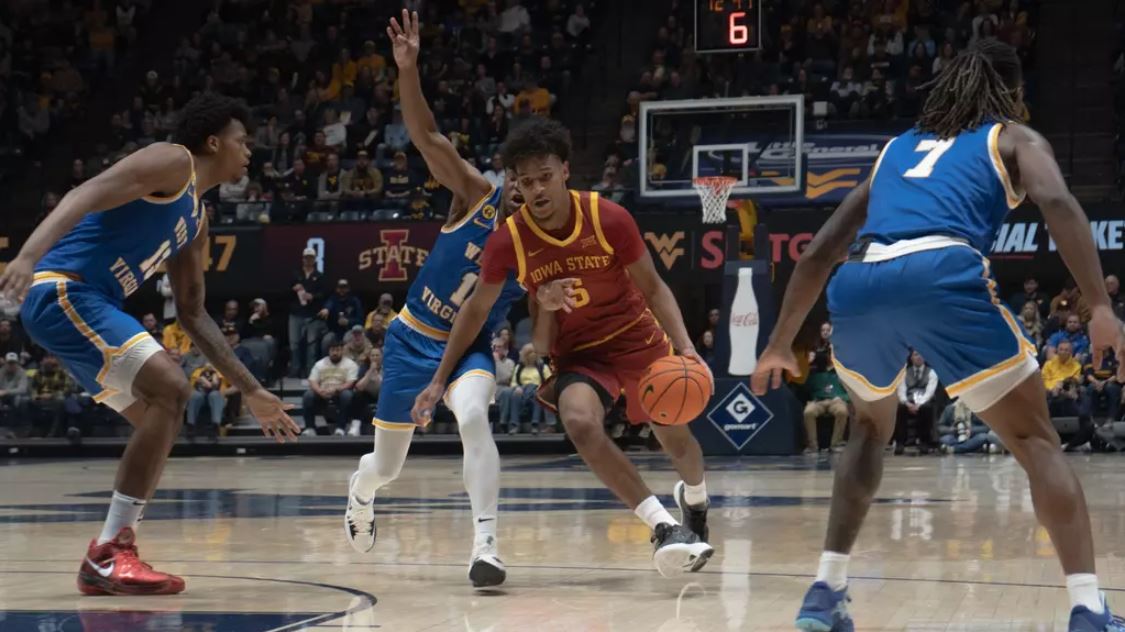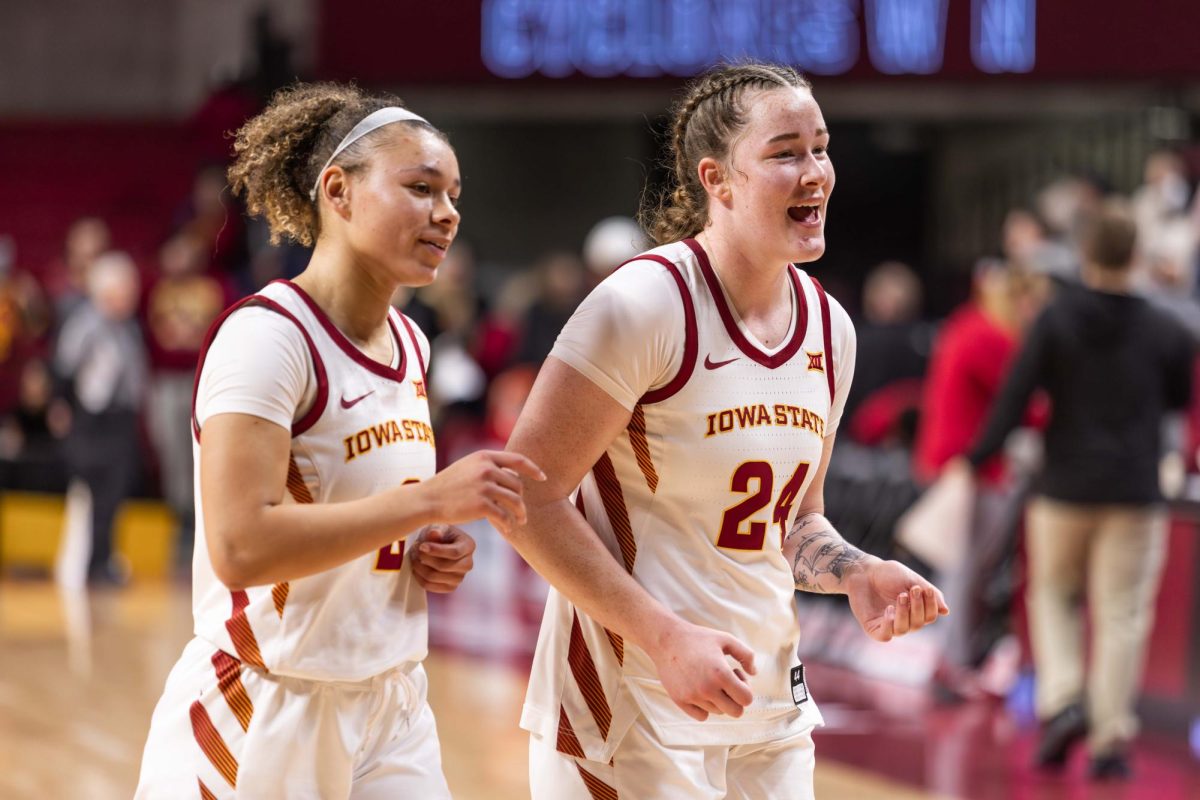Plasma donations not an option for spring break funds
March 1, 2004
Students are waiting to donate plasma — which means they’re waiting for spending money after an Ames plasma donation center was closed.
Many Ames residents have not been donating plasma since the BioLife Plasma Center, 1618 Golden Aspen Drive, closed its doors Feb. 10 after its roof caved in. The collapse occurred above one of the donation areas and caused some minor flooding and damage to a water pump.
Geoff Mosby, assistant manager of the center, said he has spoken to several donors who, instead of going to other centers, are waiting to donate until the Ames center is up and running.
He said the center plans reopen March 15.
Eliza Franzen, freshmen in liberal arts and sciences-open option, has been waiting for the center to reopen before donating again.
“The only other [donation center] I know of is in Waterloo or Cedar Falls. It’s not worth the trip,” Franzen said.
Heather Behrens, freshman in liberal arts and sciences-open option, said she started donating plasma in the fall.
“I like having spending cash,” Behrens said. “I didn’t have time to have a regular job.”
For donors like Behrens and Franzen, making an extra $200 a month donating plasma is appealing.
“It’s a good way to make money,” she said. Franzen said she had been going twice a week to make the extra $10 given on the second visit after not being able to find a job on campus.
BioLife Plasma Services gives $20 for a donor’s first donation in a week and $30 for the second.
Donors can give twice within a week, so long as there is 48-hour period between donations.
The center, which averages about 250 donors a day, will resume business as normal when it reopens.
Those 250 donors take part in a procedure that’s similar to giving blood and helps create products and medicines for various illnesses.
“While in the body, plasma is used to transport the red and white blood cells and platelets to different parts of your body,” Mosby said.
Donors go through an annual physical during their first donation. Iron counts and protein levels are measured, basic vitals are taken and medical history questions are asked during every visit.
“This is to insure the quality of the plasma,” Mosby said.
The donors then spend about an hour on the “donor floor.” A donor’s blood is separated by a nylon fiber when it runs though an Auto-C machine. Plasma is put into a plasma collector bag, and the rest of the blood is stored in a blood reservoir until the reservoir is full. A small amount of anticoagulant solution is added to the blood to keep it from clotting while in the machine. When the blood reservoir is filled, the blood is pumped back into the body.
“Depending on how hydrated the donor is, the auto-C can go through about 10 to 18 full cycles,” Mosby said.
When the plasma bag is filled, saline flushes all of the remaining blood cells back into the body and restores fluid into the body.
“It’s the weirdest feeling in the world,” Behrens said.
When the donor procedure is done, samples are taken from the plasma bag and tested to make sure the plasma is safe to use.






